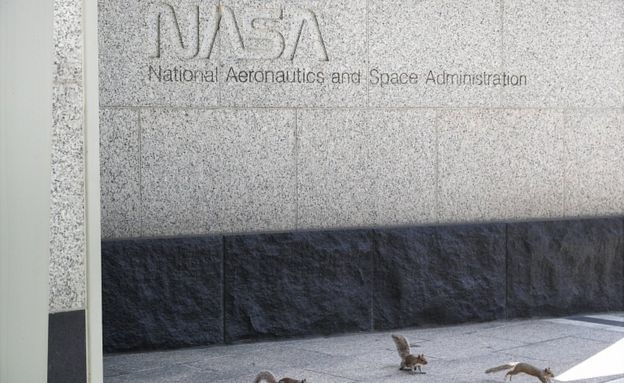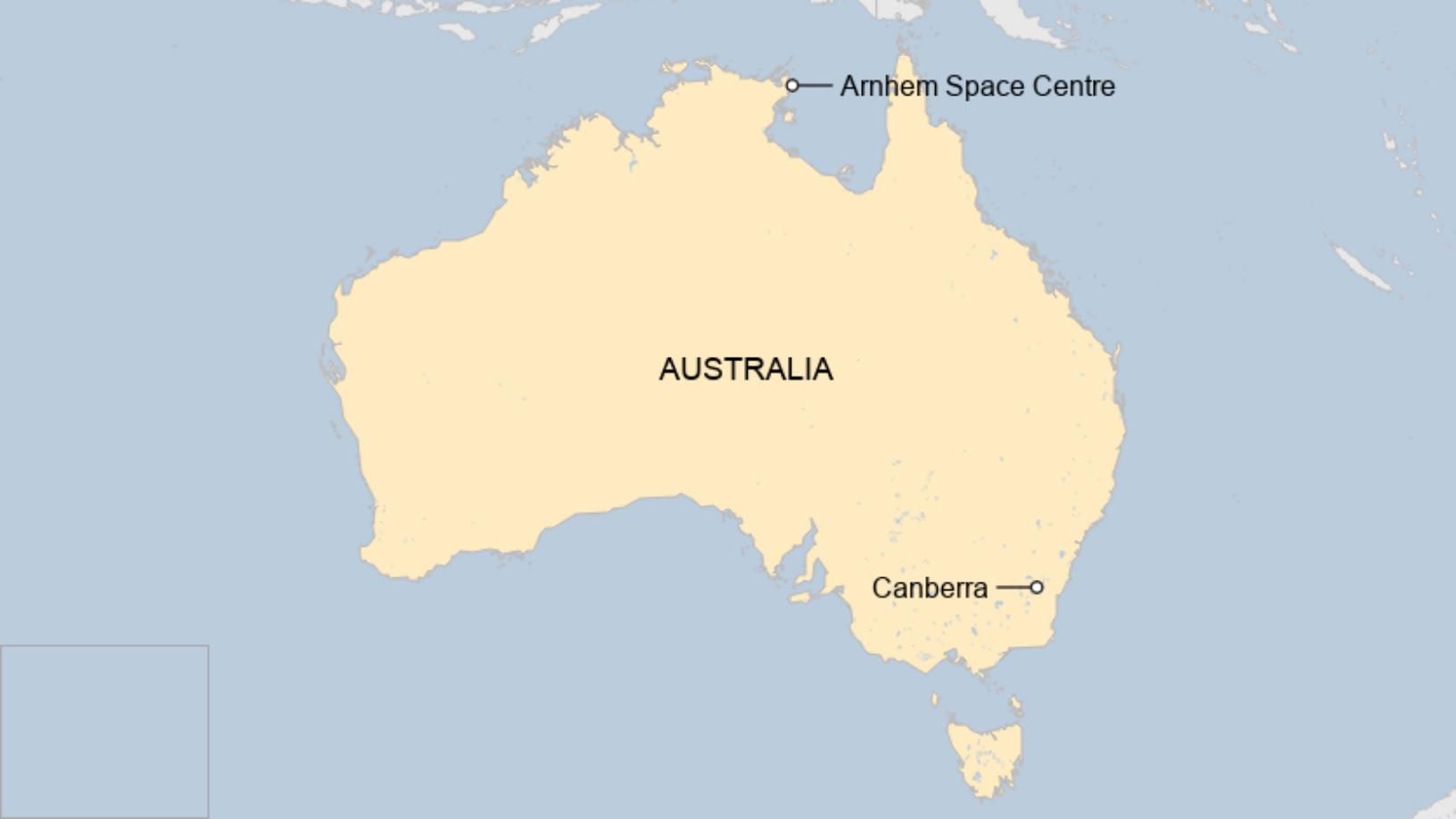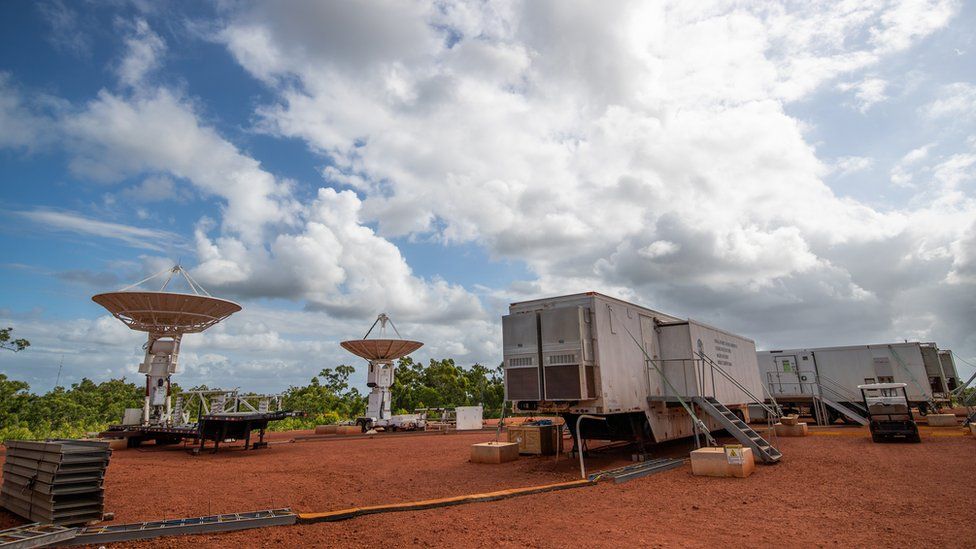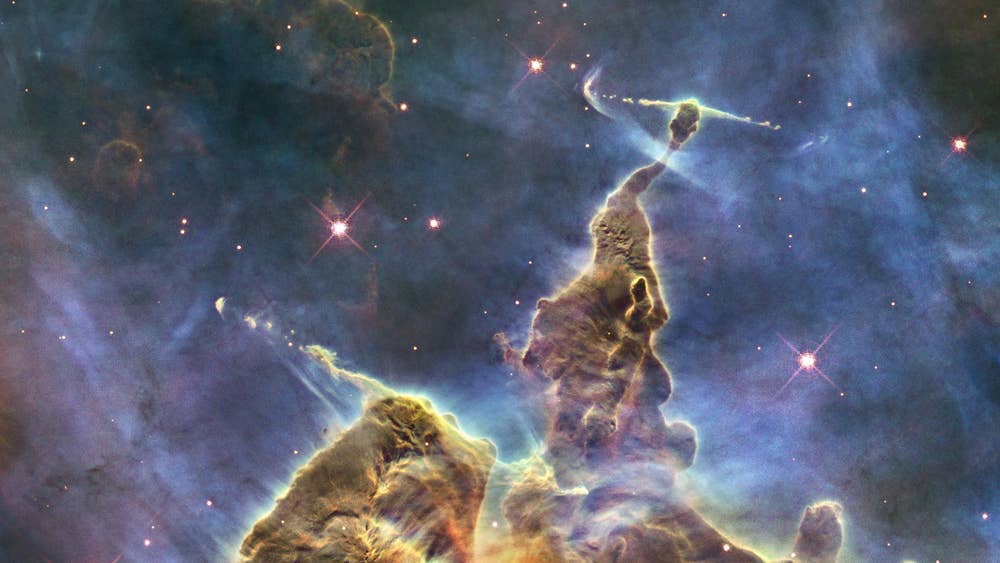NASA astronaut Frank Rubio, who broke a record, has now come back to Earth after being away for over a year, and he is able to experience the Earth’s gravity once again.
Rubio and his two Russian colleagues, Sergey Prokopyev and Dmitri Petelin, safely landed in Kazakhstan using the Russian Soyuz MS-23 spaceship at 5:17 p. mThey parachuted down to the ground. The current time is 7:17 in the morning. On Wednesday
The crew arrived and it was the end of a long journey for Rubio. He was only supposed to stay on the International Space Station for six months. Instead, he spent 371 days in space after they found a problem with his spaceship while it was connected to the space station.
Rubio stayed in microgravity for the longest time ever recorded by a US astronaut. He was the first American to spend a whole year in space.
Rubio’s mission was the first time he went to space. He joined NASA in 2017 and was chosen as an astronaut. At the start of the mission, he became the first astronaut from El Salvador to travel to low-Earth orbit.
During an interview with CNN, Rubio mentioned that if he had known he would have to stay on the space station for twice the time he had initially expected, he most likely would have said no to the task before he started preparing for it.
“He said that the reason for that is solely due to family issues that occurred in the past year. ” “If I had known that I would have to miss those important events, I would have politely declined. ”
Rubio, who has four kids, is now going to start heading back home from the place where the Soyuz spacecraft landed, which is located near a town called Dzhezkazgan in Kazakhstan. He will fly to Karaganda, which is about 330 miles (530 kilometers) northeast of Dzhezkazgan, and then take another flight to Houston.
A NASA astronaut has set a new record for spending the most time in space.
Rubio and his team traveled a really long way, around 157. 4 million miles or 253. 3 million kilometersThey also went around the Earth 5,963 times. This information comes from NASA.
Rubio stayed in space longer than any other US astronaut before him. The previous record was set by NASA’s Mark Vande Hei in 2022 with a 355-day stay.
Valeri Polyakov, a Russian astronaut, spent the most time in space compared to anyone else. He lived in Russia’s Mir space station for 437 days without a break, from January 1994 to March 1995.
USA and Russia work together in space.
Rubio went to the space station using a Russian spacecraft. NASA and the Russian space agency, Roscosmos, made an agreement to share rides to the space station. This agreement was made in the summer of 2022 during Russia’s invasion of Ukraine. The seat-swapping plan was made to keep the long-standing rule of allowing both the United States and Russia to have access to the space station. This rule is in place in case either country has problems with their spacecraft and cannot send astronauts.
Rubio, Prokopyev, and Petelin traveled to the ISS on September 21, 2022, using the Soyuz MS-22 vehicle. They arrived safely three hours later and left the Soyuz capsule attached to the space station while they started working inside the lab.
In a recent interview, Rubio expressed his gratitude to his family. He mentioned that their ability to bounce back from challenges and their inner power has been a great support throughout his mission.
Less than three months after starting their mission, the Soyuz MS-22 started leaking coolant. Roscosmos conducted investigations and NASA later reviewed them. They found that the spacecraft was probably hit by a small object while in orbit. The person responsible was found to be a very tiny space rock or a small piece of space junk, which is becoming a bigger problem as space around Earth gets more crowded.
The Soyuz MS-22 spaceship couldn’t bring back the astronauts safely, so Roscosmos hurried to send another spacecraft, called the Soyuz MS-23, in February.
But Rubio and his colleagues couldn’t go back home yet. Officials decided that they would stay longer because Roscosmos was getting ready to send another Soyuz capsule with a new crew to take their place.
The Soyuz MS-24 spacecraft, which was prepared this month, brought NASA astronaut Loral O’Hara and Roscosmos cosmonauts Oleg Kononenko and Nikolai Chub to the space station on September 15. This allowed Rubio to come back on Wednesday.
Rubio, who is a doctor and helicopter pilot in the military, said that when he comes back from space, he won’t be able to go back to his old life right away. This is because spending a long time in microgravity can have negative effects on the body. So he might need some time to recover before going back to his normal routine.
“He said that it would take around two to six months before he feels normal because in space, we don’t walk and our own weight is not carried. ”
But there are many things on Earth that he is excited to experience: “Here in space, we always hear the noise of machines that are keeping us alive,” he said during an interview from space. I’m excited to go outside and enjoy the calm and quiet atmosphere.
Nasa is to name its headquarters in Washington DC after its first black female engineer, Mary Jackson.
Nasa administrator Jim Bridenstine said Jackson had helped to break down barriers for African Americans and women in engineering and technology.
The story of Mary Jackson was told in the 2016 film Hidden Figures. Born in Hampton, Virginia, she died in 2005.
Last year, Nasa renamed the street outside its headquarters as Hidden Figures Way.
“Hidden no more, we will continue to recognise the contributions of women, African Americans, and people of all backgrounds who have made Nasa’s successful history of exploration possible,” Mr Bridenstine said in a statement.
“Mary W Jackson was part of a group of very important women who helped Nasa succeed in getting American astronauts into space,” Mr Bridenstine added.
“Mary never accepted the status quo, she helped break barriers and open opportunities for African Americans and women in the field of engineering and technology.”
The move comes at a time of introspection across the US about historical injustices suffered by African Americans.
The recent death in police custody of George Floyd triggered protests around the world and renewed demands for an end to institutional racism.
 Image copyrightREUTERS
Image copyrightREUTERSNasa began recruiting some college-educated African American women in the 1940s as “human computers”, but they experienced both racial and gender discrimination at work.
Mary Jackson was recruited in 1951 by the National Advisory Committee for Aeronautics which was succeeded by Nasa in 1958. She worked under Dorothy Vaughan – whose story was also told in Hidden Figures – in the segregated West Area Computing Unit at Langley, Virginia.
Jackson died in 2005 and in 2019 she was posthumously awarded the Congressional Gold Medal.
Her daughter, Carolyn Lewis, said the family was honoured that Nasa was continuing to celebrate Mary Jackson’s legacy.
“She was a scientist, humanitarian, wife, mother, and trailblazer who paved the way for thousands of others to succeed, not only at Nasa, but throughout this nation,” she said.













